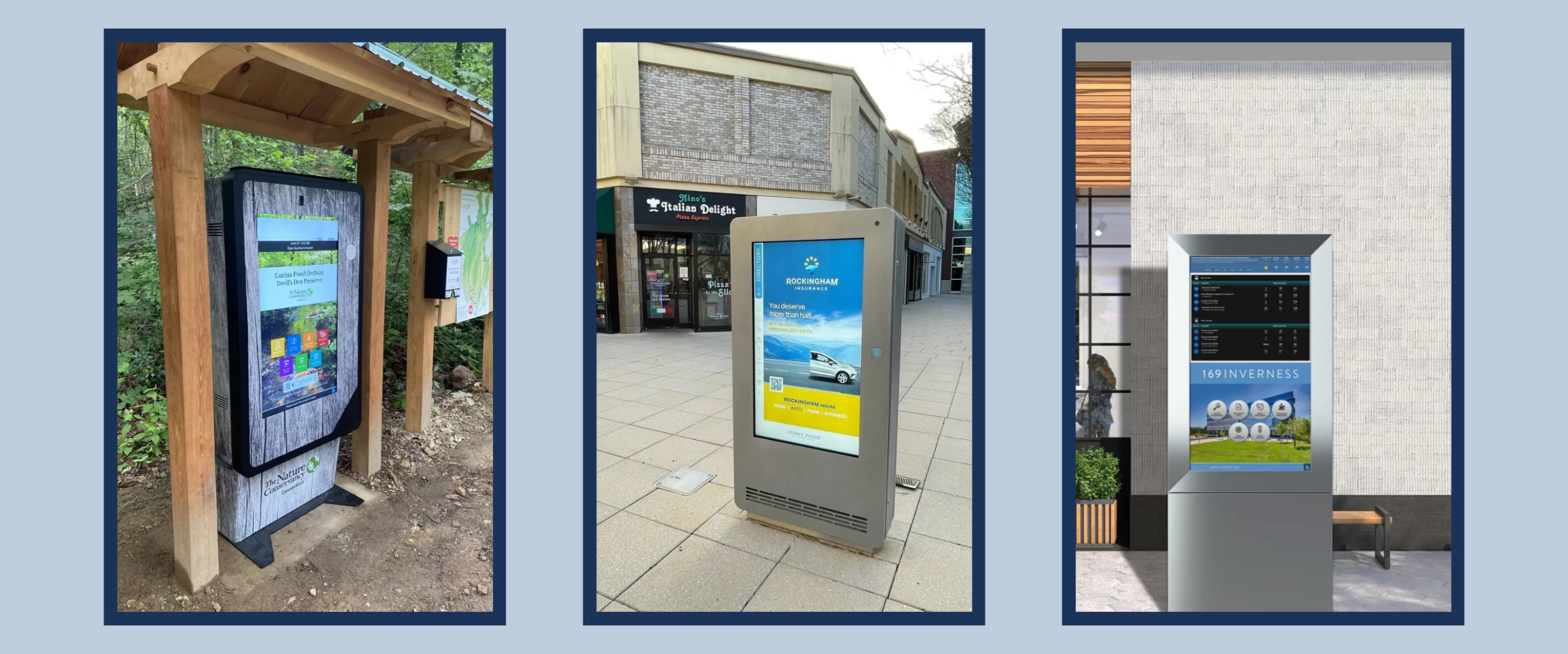How the Coworking Boom Is Elevating Tenant Expectations
The coworking phenom is increasingly tough to ignore these days. Flexible workspace alternatives have been experiencing explosive growth, and in the process, driving revolutionizing change within the modern workplace.
According to a recent report from Colliers International, the number of coworking spaces in the U.S. have surged from less than 300 in 2010 to more than 4,000 at the end of 2017. Over the past 18 months, coworking has accounted for about one-third of all new leasing activity. Growth outside the U.S. has been even faster, climbing from less than 200 to more than 10,000 spaces during the same time period. Colliers is forecasting that growth will continue at an annual rate of 6% in the U.S. through 2022.
Coworking spaces have altered the competitive landscape for commercial office space. Operators such as WeWork, Convene, Industrious and a host of other independent operators are popping up in major metros across the country. Despite all the buzz, coworking spaces still represent a fraction of the multi-tenant office market at less than 2%. Yet these alternative workspaces have raised the bar on the workplace experience as people become more accustomed to space that is rich in amenities and concierge-like services.
Raising the bar on amenities
Flexible workspace is credited with changing the traditional leasing models. Many coworking centers offer space for short term needs or even on-demand drop-in space for workers on the go. WeWork has been a leader in delivering not only flexible and convenient workspace, where and when people want it, but their business model also centers on delivering trendy spaces highly curated with services, organized events and numerous perks and amenities.
Employers are increasingly using those spaces to attract and retain talent. For landlords, coworking is a bit of a two-sided coin with operators that can be both a competitor and a potential customer. For example, WeWork is now the largest single tenant in Manhattan. Landlords are offering more in-house amenities and services to make their properties more attractive to both tenants and coworking firms that are hungry for space.
The changing landscape is creating a bit of an amenities race with property owners that are being forced to compete with all the bells and whistles that tenants want today, ranging from rooftop lounges and bike storage lockers to gourmet coffee bars. PropTech fits into that amenity niche as a way to quickly and cost-effectively elevate tech features in a building through the use of digital screens and displays that provide everything from building information to entertainment and art. For example, TouchSource ArtSpaces™ leverages its smart digital display technology to bring an extensive collection that includes more than 20,000 paintings, illustrations and photographs into buildings.
PropTech supports coworking
PropTech also plays a practical role in the changing flexible workplace that is increasing traffic within buildings. Businesses have generally been shrinking footprints, and research shows that coworking firms are putting even more pressure on density. According to Colliers, a typical flexible workspace environment averages just 60 square feet per person. Coworking spaces can bring in two to three times the number of workers as compared to a traditional office tenant, which puts added strain on a building’s infrastructure.
Landlords that are tasked with serving coworking tenants are increasingly relying on PropTech to manage growing traffic flows. For example, digital touchscreens provide critical information and wayfinding to building visitors. Property managers also can strategically station digital entertainment and information near elevators that may be seeing more traffic and longer wait times.
Office buildings have been ground zero for coworking that is transforming building design, amenities and services. On-demand flexible coworking spaces, meeting rooms and training space also are emerging in a wide variety of properties ranging from shopping malls and hotels to high-rise apartment buildings. JLL recently highlighted a trend among hotels that are trying to grab a foothold in the growing coworking market and cater to both business travelers and the local market who are seeing flexible meeting and workspace. This points to the growing trend among landlords across property sectors that are using PropTech to engage these newcomers and remove any pinch points caused by the increased flow of people within their buildings.













